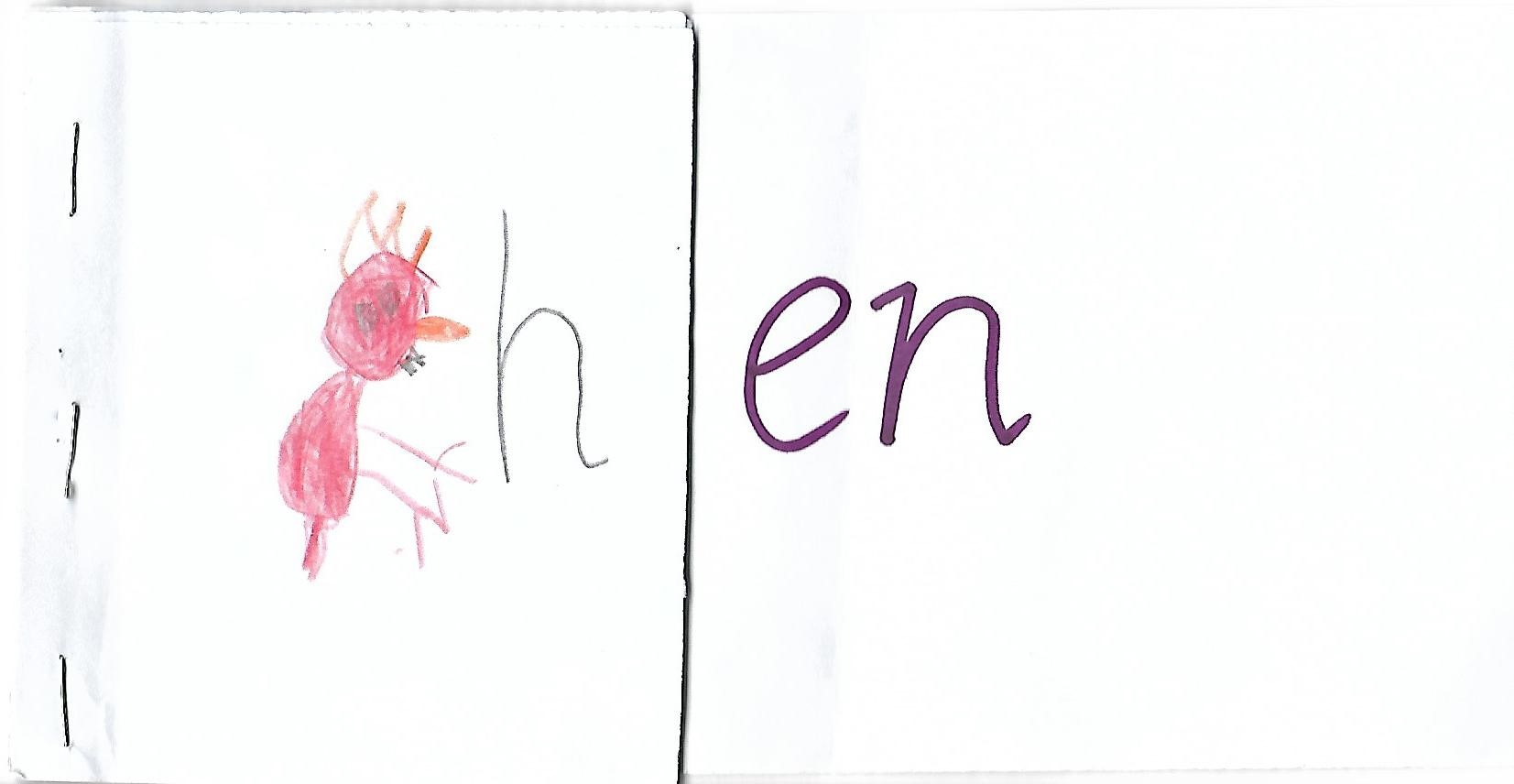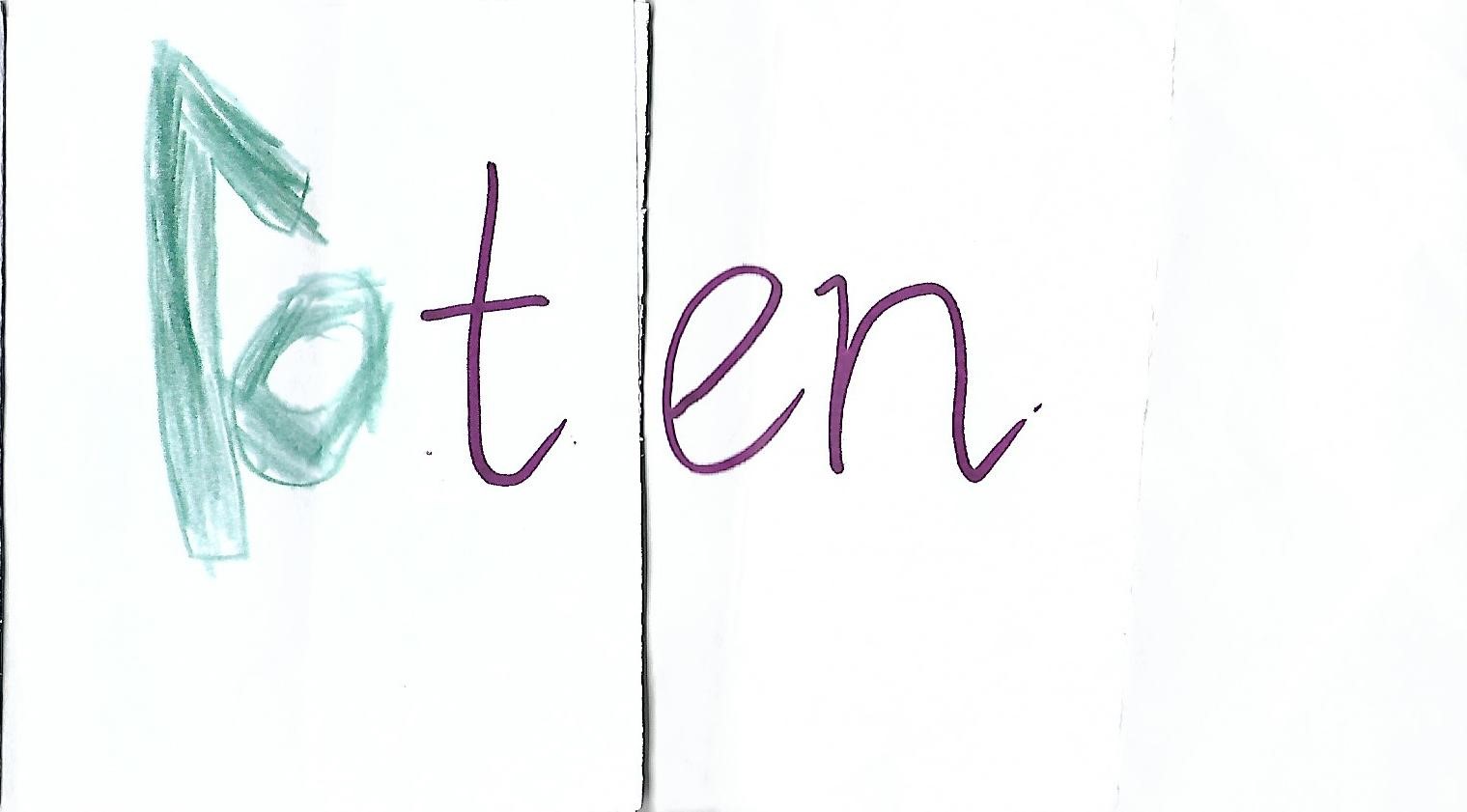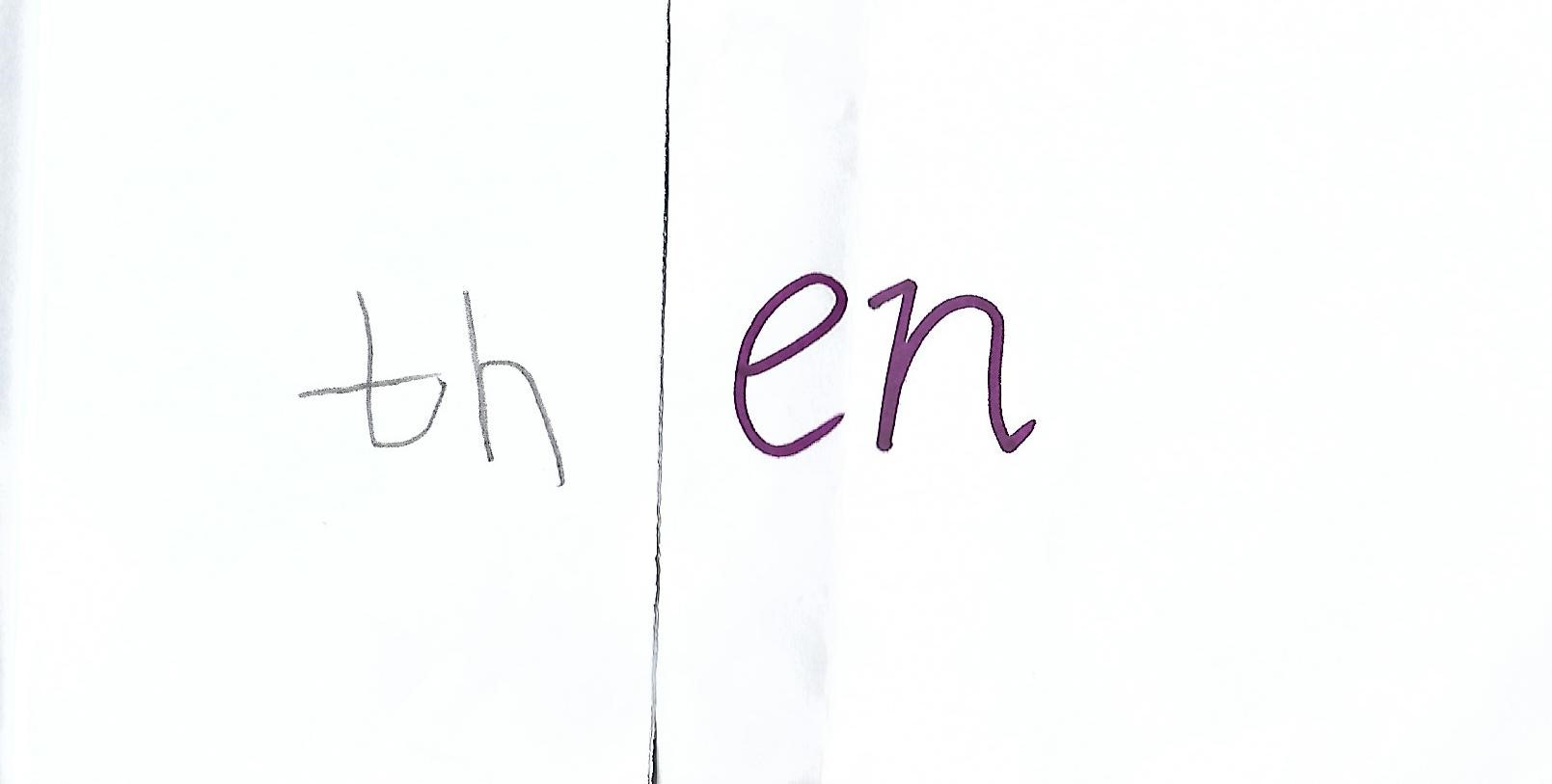This language experience sequence would occur over several sessions. The key elements include:
- The shared experience including talking about the experience and reinforcing vocabulary specific to the experience. Photographs or digital recording is taken to assist later discussion.
- Recording the experience in written and pictorial form (either as a whole class or individually)
- Reading back the written text about the experience (whole class and individually) via a class book or individual student text.
Victorian Curriculum links
- English, speaking and listening, language: Expressing and developing ideas
- Foundation: Understand the use of vocabulary in familiar contexts related to everyday experiences, personal interests and topics taught at school (Content description VCELA167)
- English, speaking and listening, literacy: Interacting with others
- Foundation: Listen to and respond orally to texts and to the communication of others in informal and structured classroom situations using interaction skills, including listening, while others speak (Content description VCELY174)
- English, writing, language: Text structure and organisation
- Foundation: Understand that punctuation is a feature of written text different from letters and recognise how capital letters are used for names, and that capital letters and full stops signal the beginning and end of sentences (Content description VCELA156)
- English, writing, language: Phonics and word knowledge
- Foundation: Understand that spoken sounds and words can be written and know how to write some high-frequency words and other familiar words including their name (Content description VCELA157)
- English, writing, literacy: Creating texts
- Foundation: Create short texts to explore, record and report ideas and events using familiar words and beginning writing knowledge (Content description VCELY160)
- English, reading and viewing, language: Expressing and developing ideas
- Foundation: Recognise that sentences are key units for expressing ideas (Content description VCELA143)
- English, reading and viewing, phonics and word knowledge
- Foundation: Recognise all upper- and lower-case letters and the most common sound that each letter represents (Content description VCELA146)
- English, reading and viewing, literacy: Interpreting, analysing, evaluating
- Foundation: Read texts with familiar structures and features, practicing phrasing and fluency, and monitor meaning using concepts of print and emerging phonic, semantic, contextual and grammatical knowledge (Content description VCELY152)
1. The shared experience and talk
Learning intention
We are learning new vocabulary associated with making bread such as action verbs (e.g. combined, mixed, knead, buttered, bake) and ingredient nouns (dough, dry yeast, honey, salt, water).
Success criteria
I can use the ingredient nouns and some action verbs when I describe the process of making bread.
Resources required
- Enlarged version (big book) of the traditional tale The Little Red Hen
- Recipe for making bread
- Ingredients for making bread
- Cooking utensils
- Digital device for recording experience
Group size
Whole group or small group.
Lesson sequence
- To launch the shared experience, model or share the reading of the traditional tale The Little Red Hen.
- Check for understanding by asking students to retell the story using the introduced vocabulary.
- Tell students that they are going to make their own bread like The Little Red Hen but unlike the story, everyone will help in the process. Refer to a simple recipe for making bread (enlarged for easy viewing) highlighting the ingredient nouns and the action verbs in the steps.
- All students gather around a central table. Identify the ingredients and provide opportunities for students to see, smell and taste (if appropriate) them. While identifying the ingredients ensure there are multiple opportunities for students to use the new vocabulary. Photograph/digitally record this step.
- Refer to the sequential steps in the recipe. Call on individual students to assist the combination of dry ingredients, adding the wet ingredients to make dough. At each step reinforce the action verbs. Once the dough has risen demonstrate how to knead by using the palm of the hand and ensure students all participate in the kneading process. Encourage the use and reuse of the new vocabulary. Place dough on to baking trays and bake. Photograph/digitally record this step.
- Whole class enjoy the bread! Cut, butter and add spreads. Ask students to describe how the bread smells, tastes and looks.
- Return to the success criteria. Ask students to turn and talk to a partner about their bread making experience. Teacher rove groups and encourage students to recycle the new vocabulary in their sharing. Note which students reused action verbs and/or ingredient nouns.
2. Recording the experience
Lesson 1
Learning intention
We are learning that what we talk about can be written down as letters, words and sentences.
Success criteria
- I can hear some sounds and match them to letters.
- I can locate a letter, word and sentence and know the difference between them.
- I can find a high frequency word from a word chart to help me when I write.
Resources required
- Anchor chart with definition of a letter, word and sentence
- Alphabet strip to assist letter identification and correct formation/starting points
- High frequency word charts displayed for ease of viewing
Group size
Whole group or small group.
Lesson sequence
Read the learning intention and ask students to recall their bread making experience including some of the new vocabulary.
- The teacher uses the shared writing practice to scribe a recount about the class bread making experience. She actively seeks student input to contribute to the written text such as:
What to write (e.g. encouraging the students to articulate and recall the events in sequence, revising topic specific vocabulary for inclusion, discussion of past tense
How to write (e.g. articulating words slowly so that individual sounds can be identified, matching sounds to an alphabet strip, focussing on high frequency words and their location on a word list, placing spaces between words, using full stops and capital letters to signal the start and end of a sentence, modelling the metalanguage letter, word and sentence, making sure the writing makes sense)
Alternatively, the teacher could use the shared writing practice to jointly construct a procedure about how to make bread or work with a small guided writing group where students write independently with teacher support.
- The teacher and students jointly reread the written text. At this point the teacher can check letter, word and sentence understanding. She may ask a student to:
- identify a letter in the text
- identify a word in a text
- identify a space between words
- count the number of letters in a word
- identify a capital letter
- identify a full stop
- locate a sentence
- count the number of sentences in the text
- Ask students to turn and talk to a partner and tell them what they know about letters, words and sentences. What is the difference between a word and a letter? A word and a sentence? Refer to the class anchor chart. Rove pairs to check understanding of these concepts.
- Return to the success criteria.
Ask students to signal whether they could match a sound to a letter. What sound? What letter?
Signal using thumbs up/sideways/down to a definition of a letter, word and sentence. Can they think of an example?
What high frequency word could they locate on a word chart. Can they find it in the jointly constructed text?
ABC Education Literacy Mini Lessons
The Department collaborated with ABC Education to create a series of videos. All 16 mini lessons based on content from the Literacy Teaching Toolkit are available on the ABC Education literacy mini lessons page.
Lesson 2
Learning intention
We are learning how to publish our writing and add illustrations which support the words in a text to make meaning.
Success criteria
- I can make my own language experience book about Making Bread.
- I can draw illustrations that match the words.
- I can order the text so my recount/procedure is in sequence and makes sense.
Resources required
- Shared writing recount/procedure word processed and segmented into page strips. Alternatively, students may handwrite each segment.
- Blank language experience books for each student (e.g. front and back cover and contain several blank pages)
Lesson sequence
- Introduce the learning intention and explain the success criteria so that students are aware of the lesson expectation.
- Provide students with the word-processed version of their jointly constructed text (or segment the larger text into pages for handwriting). Students reread the text and order the segments. Place each segment on a blank page and reinforce concepts of print (e.g. left to right, top to bottom). Glue segments once sequence has been checked.
- Students create an illustration for each text segment matching both items carefully to support meaning.
- Students create a front cover for the language experience book including title, author and illustrator details.
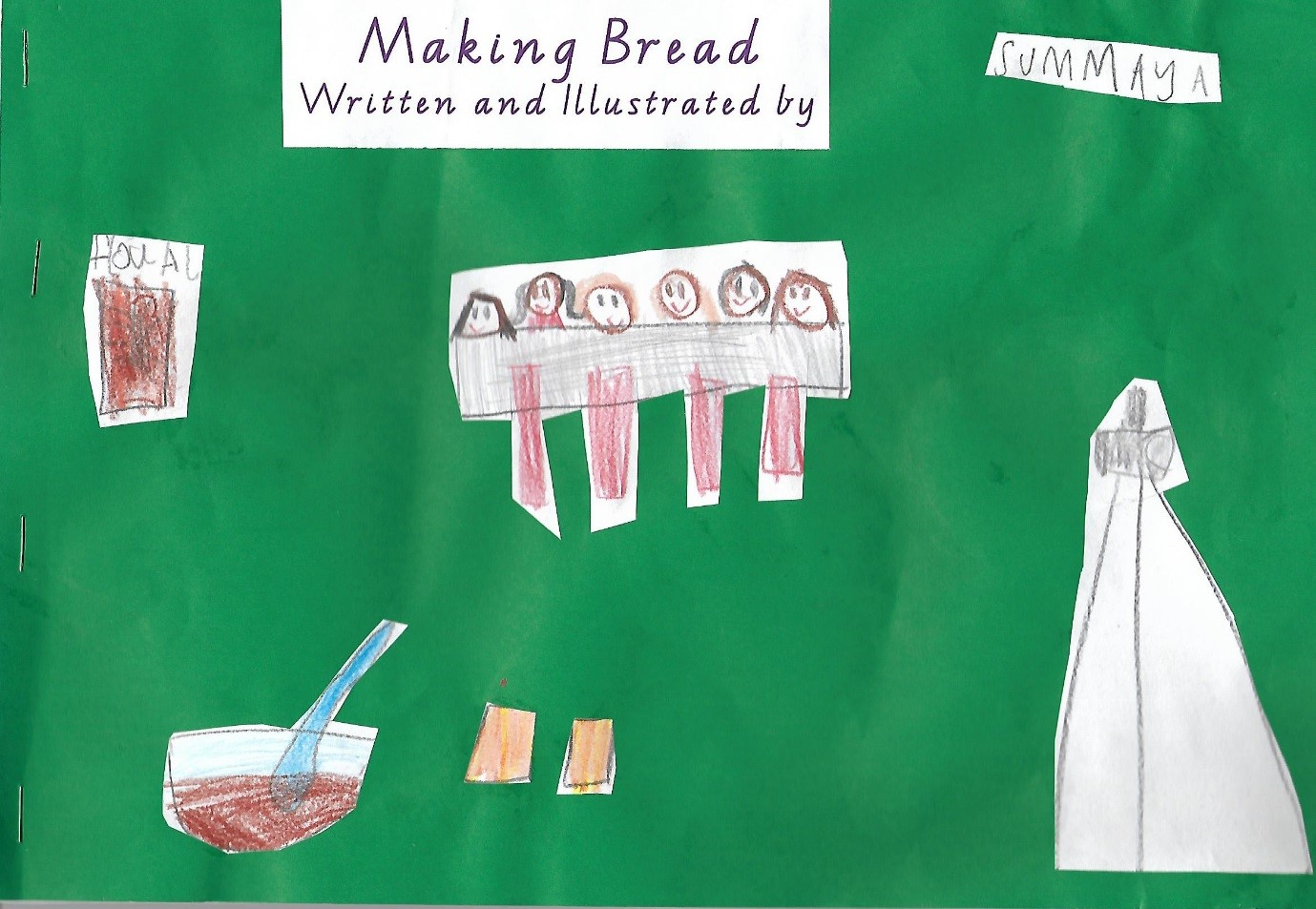
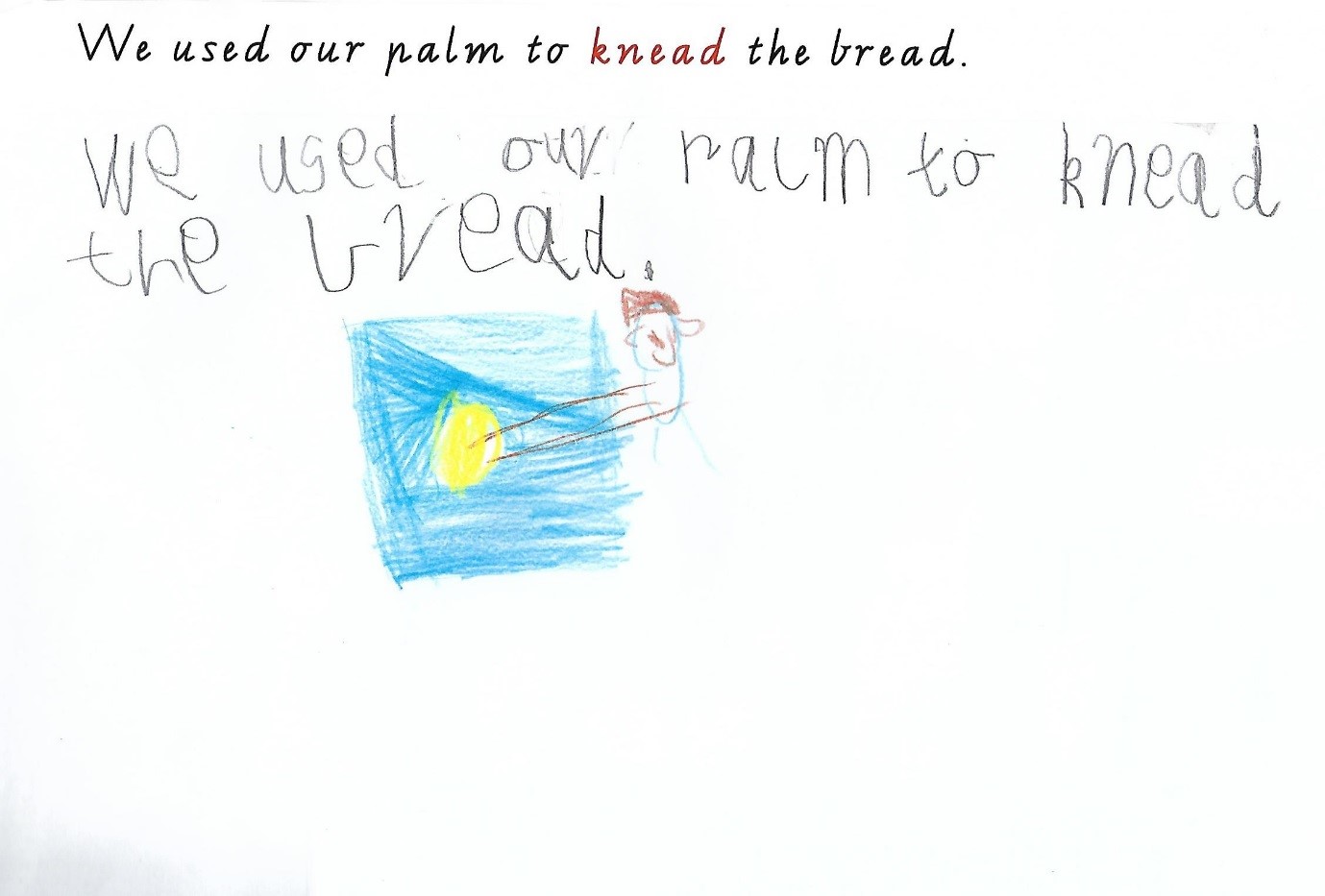
- Return to the success criteria. Ask individual students to read over their pages to check the writing is in sequence. Then check their illustrations match the words on each page. Finally, check to see whether the front cover contains the correct information and the book is complete. Students make alterations as needed to ensure they have met the success criteria.
3. Reading the language experience text
Learning intention
We are learning to reread a familiar text making sure the words look right, sound right and makes sense.
Success criteria
- I can read my familiar text to a partner.
- I can look carefully at the words and letters to help me decode.
- I can think about what sounds right as I read.
- I can reread when something does not make sense.
Resources required
- Enlarged version of the jointly constructed language experience text
- Individual student language experience books
Lesson sequence
- Introduce the learning intention and the success criteria.
- The teacher uses the modelled reading practice to reread the enlarged version of the jointly constructed language experience. During the rereading, the teacher models the success criteria. e.g.
- stopping to reread if something does not make sense
- decoding an unknown word by segmenting and blending
- checking to see if the reading sounds right (e.g. can you say it that way in English?)
- Students and the teacher used the shared reading practice to reread the language experience text.
- Students work with a partner and take it in turns to read their language experience book to each other. The teacher can rove the groups or work with a small group to assist with the implementation of the success criteria.
- Return to the main group. Check success criteria. Ask students to share whether they needed to:
- stop and reread for meaning. Ask them to share their example.
decode an unknown word. Ask them to demonstrate how they worked it out.
fix up a word because it did not sound right. Ask them to share their example. - Students place their individual language experience book into their book box for independent reading.
4. Going further
During and after the language experience, there are related opportunities for word work.
- New vocabulary can be written up and displayed on the classroom word wall to promote its reuse and understanding. Games such as Eye Spy or Tic Tac Toe could reinforce new vocabulary.
- High frequency words can be identified in the language experience text and found in other published texts. Students can practise writing high frequency words on small whiteboards or digital devices.
- The correct formation, placement and sizing of letters can be modelled to students as a jointly constructed text is written. Students also practise these handwriting elements when making their individual books.
- Consonant-vowel-consonant words can be highlighted throughout the writing and reading process. Students can be encouraged to match sounds to letters and blend to make words.
- Rime and onset can be taught to assist with spelling. For example, the teacher could return to the traditional tale shared at the beginning of the experience and choose the word 'red' or 'hen' to teach rime and onset. Student flip books could be made to practise blending new onsets with a rime (hen, den, Ben, men, ten, pen, then, when)
